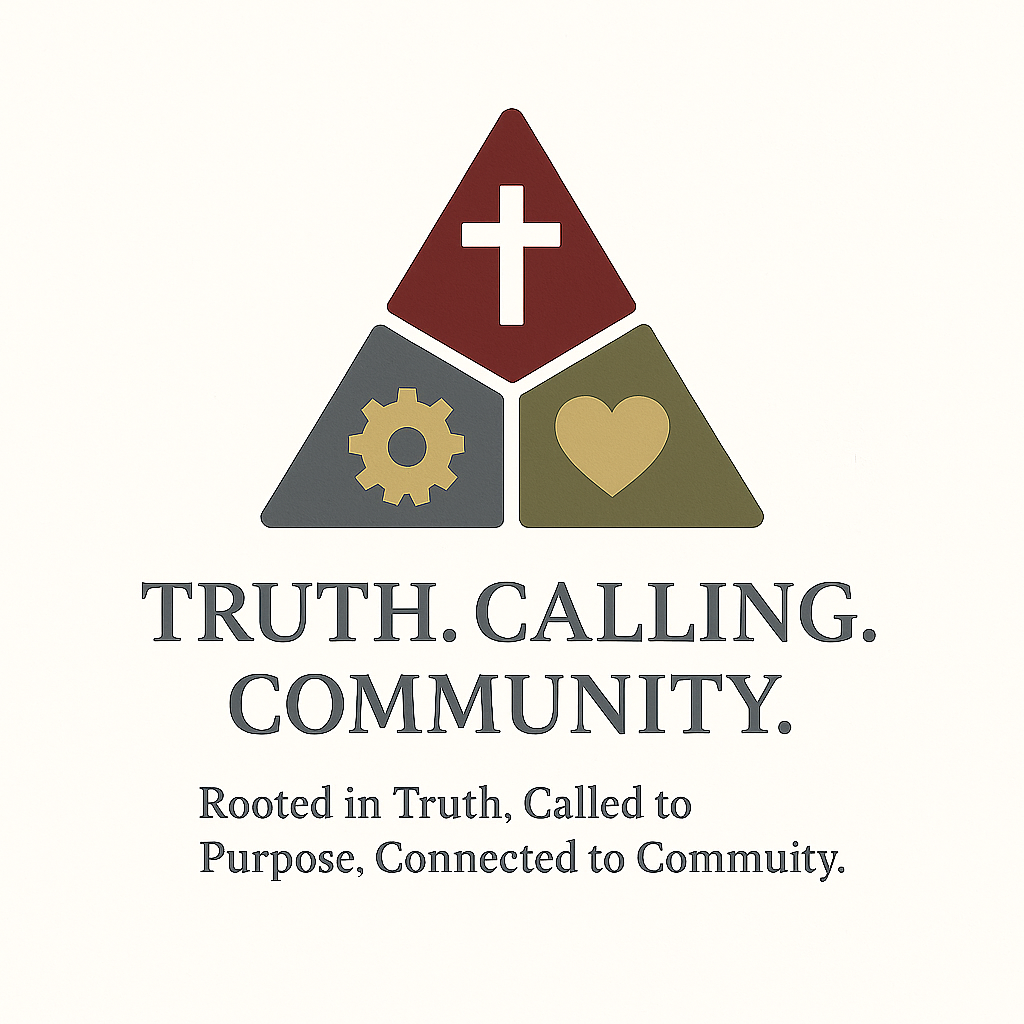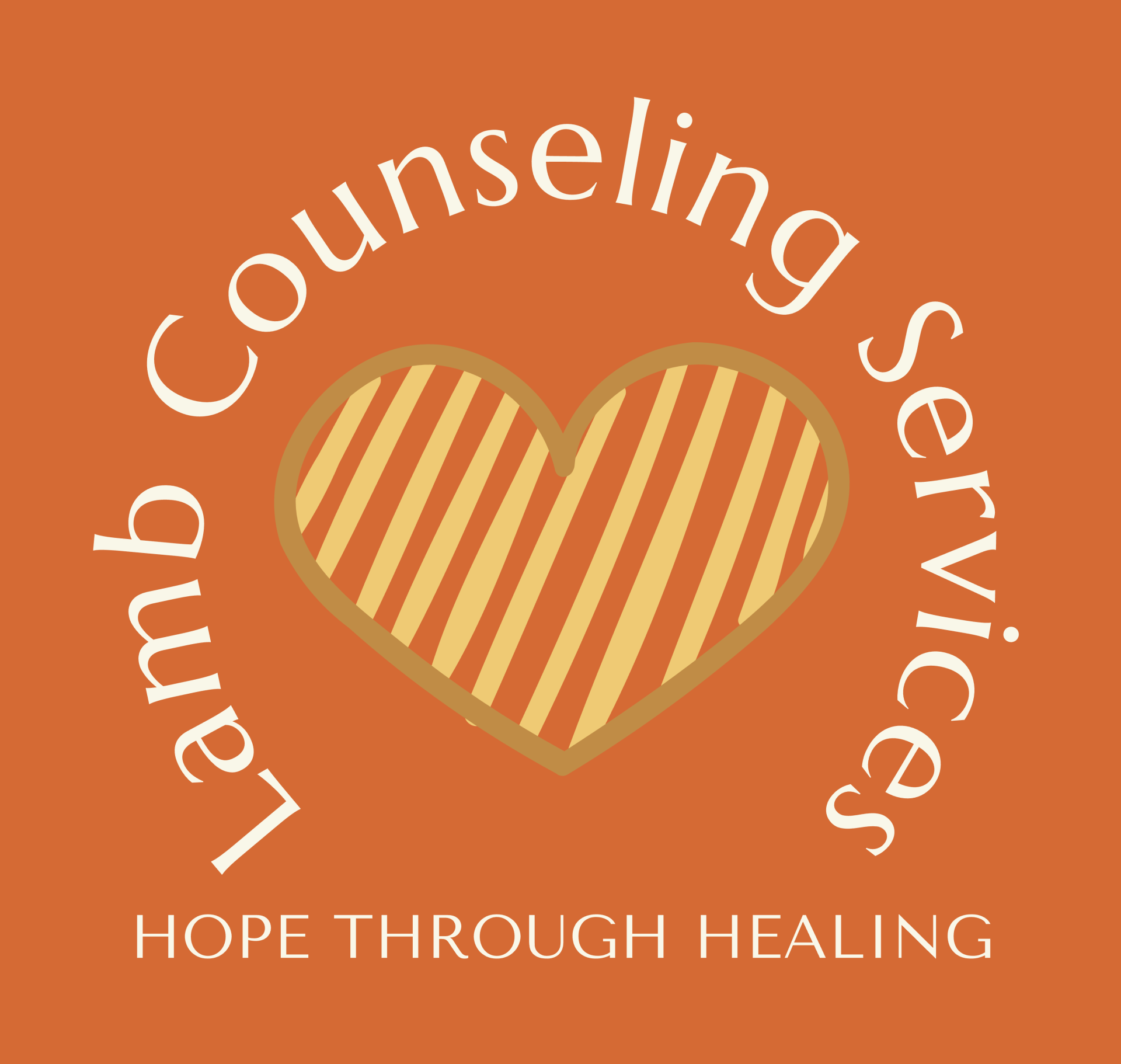There Is Freedom In Forgiveness - Part 2
Tom Lamb • August 2, 2025

There Is Freedom in Forgiveness – Part 2
Last week’s post touched a nerve, and your messages, comments, and conversations reminded me just how many people are walking around with deep wounds. If that’s you, I want to encourage you: you are not alone, and you are not without hope.
Let me share a little more of my story and a few things I learned that helped me heal. I pray they will help you too.
When I finally chose to forgive those who had deeply hurt me, something powerful shifted. Bitterness lost its grip. I experienced freedom in my soul, and one relationship was even beautifully restored. But here’s what’s important to understand: forgiveness didn’t erase the pain or the trauma.
The betrayal… the memories… the sleepless nights… the anger… the anxiety… those didn’t just vanish. I still had to walk through the aftermath of sin’s destruction.
James 1:14–16 shows us how sin works:
“But each person is tempted when he is drawn away and enticed by his own evil desire. Then after desire has conceived, it gives birth to sin, and when sin is fully grown, it gives birth to death.”
When sin enters a story, something always dies. It might be a relationship. A marriage. A person’s peace of mind. A child’s innocence. We are left to grieve not only for what happened, but what could have been. And that grief, if not healed, can leave behind trauma.
Understanding Trauma
Trauma is more than emotional pain. It’s a moment or experience so overwhelming it exceeds our ability to cope. It shatters our sense of safety, identity, and control. According to studies, between 50% and 70% of people will experience trauma in their lifetime.
The symptoms can look like:
• Anxiety or panic• Anger or emotional outbursts• Fear or avoidance• Depression• Flashbacks or nightmares• Addictions or self-medicating
Often, trauma is triggered by seemingly normal things, a sound, a smell, a place, a word. You may respond calmly, but the person beside you falls apart. Why? Because their brain interprets that moment as a return to the original pain.
Example: a car backfires. You jump. Your friend drops to the ground, trembling. The trigger pulled them back to a memory of violence or fear their brain never fully processed.
If you recognize these symptoms in yourself or someone you love, hear me clearly:
You don’t have to face this alone. Counseling helps. Healing is possible. And we’re here to walk that road with you or help connect you with someone who can.
Watch for Blame and Shame
In the healing process, two enemies often appear: blame and shame.
Blame whispers, “Maybe it was your fault.”
“If you’d done something differently, maybe this wouldn’t have happened.”
That is a lie straight from the pit of hell.
You are only responsible for your own actions, not for someone else’s sin.
Could you learn from what happened? Maybe. But learning is not the same as blaming yourself. Don’t let the enemy twist reflection into condemnation.
C. S. Lewis wrote:
“God whispers to us in our pleasures, speaks in our conscience, but shouts in our pain: it is His megaphone to rouse a deaf world.”God can use our pain to grow us. To sanctify us. To show us things we wouldn’t see any other way. Blame tears you down. God builds you up.
Then comes shame.
“What will people think if they knew what happened?”
“No one will understand.”
Another lie.
Shame causes us to hide from God, just like Adam and Eve in the Garden. If Satan can isolate you, if he can wedge distance between you, God, and other believers he can silence your story.
But hear this:
“They conquered him by the blood of the Lamb and by the word of their testimony.” – Revelation 12:11
Your story matters. Your healing matters. Your testimony will encourage someone else to keep going. Don’t let the enemy rob the victory God wants to write through you.
A Better Way to Forgive
We often generalize forgiveness:
“I forgive you for hurting me.”
It’s a good start, but healing comes through specificity.
Dr. Marcus Warner offers this practical forgiveness prayer:
“Father in heaven, I choose to forgive [Name] for [specific action] and for making me feel [emotion]. I know I have to live with the consequences, but I ask for Your grace to live with the joy that comes from You. I now ask You to bless [Name] by [specific blessing], and I choose to trust You with the outcome.”
This kind of prayer doesn’t deny what happened. It acknowledges it. Names it. And then releases it into God’s hands.
You may still be walking through the aftermath. But you are not walking alone.
Forgiveness doesn’t mean forgetting. It means handing the burden to Jesus. There is healing. There is joy. And there is freedom, real, deep, lasting freedom, when you forgive.
Let’s keep walking this journey together.
If you need help, please reach out. You’re not a burden. You’re a blessing.

